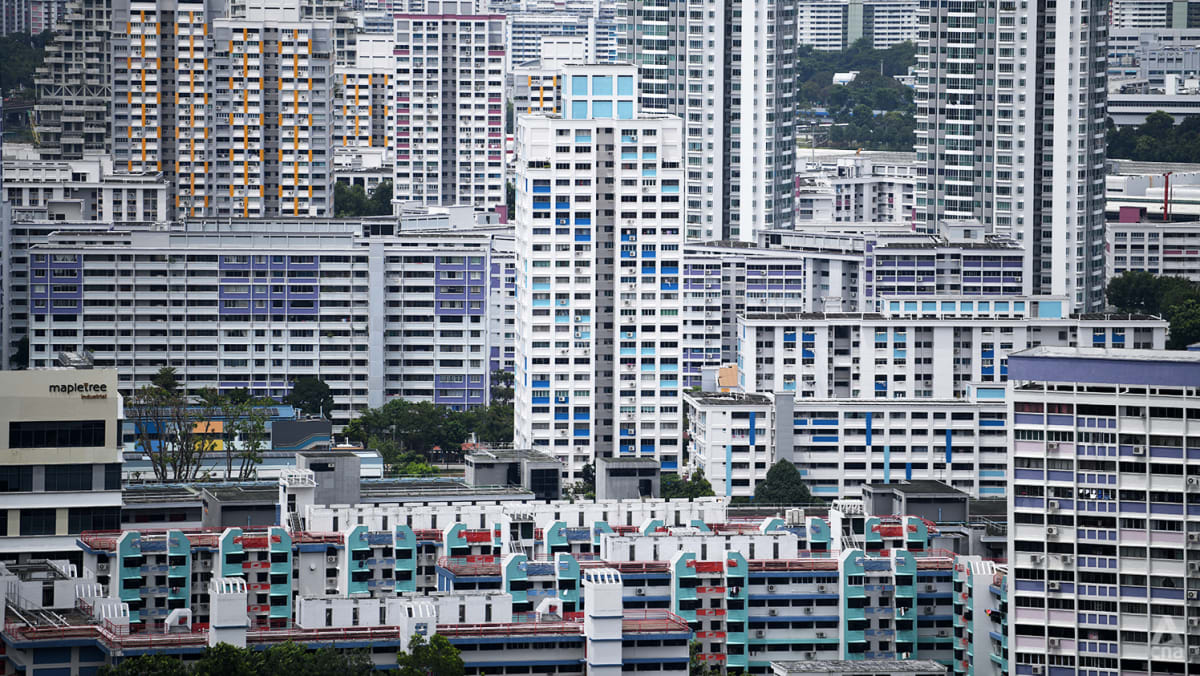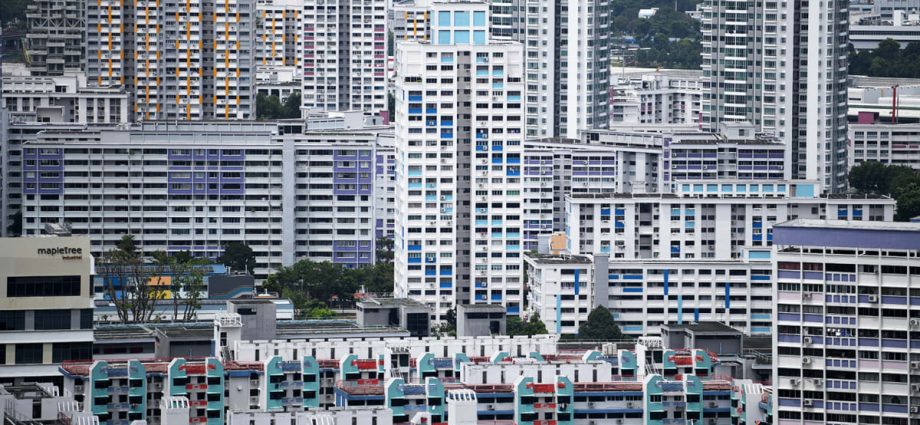
Mr James Ooi, market strategist at uSMART Securities, noted that there were already concerns about possible cooling measures with housing prices increasing and million-dollar HDB flat sales persisting despite rising interest rates.
“Markets could have already factored that in,” he said, pointing to the iEdge SG Real Estate Developers & Operators Index – a free-float market capitalisation weighted index that measures the performance of Singapore-listed real estate developers and operators – which fell 6.5 per cent last month.
“Therefore, when the new measures were announced, the downside impact was not as huge.”
The latest curbs were also deemed as milder than previous measures and mainly targeted at the HDB resale market, other analysts said.
“The key focus area, in our view, is to keep the HDB market affordable,” said RHB Group Research analyst Vijay Natarajan, who described the measures as “a light touch and targeted”.
“NEUTRAL” OUTLOOK
Moving forward, analysts said the fresh curbs will have a more significant impact on transaction volumes – especially that of the HDB market – compared to home prices.
This is due to the stricter financing criteria and buyers adopting a “wait-and-see” approach, said Ms Lee.
As part of the latest measures, the medium-term interest rate floor – used to compute total debt servicing ratio (TDSR) and mortgage servicing ratio (MSR) – was raised by 0.5 per cent for property loans granted by private lenders.
By doing so, authorities are tightening the criteria to assess a borrower’s ability to repay a loan.
The loan-to-value (LTV) limit for HDB loans was also lowered from 85 per cent to 80 per cent. This means that home buyers can borrow only up to 80 per cent of the flat value, versus 85 per cent previously.
Coupled with the introduction of a 15-month wait-out period for private property owners, demand at the top-end of the HDB market should slow down in the coming quarters, said Mr Natarajan.
He expects HDB resale transactions, which have fallen 16 per cent in the first eight months of the year, to drop by 20 per cent for the full year. HDB resale prices should also “slow down to more flattish levels” after rising 5 per cent in the first half of this year.
On the other hand, any negative impact on the private property market is likely to be more moderate, Mr Natarajan said.
Beyond measures imposed by the authorities, the local property market also faces other challenges such as rising interest rates and a gloomier economic outlook.
But the risks on these two fronts are “somewhat balanced by strong household balance sheet and prudent government measures”, said Mr Natarajan who has a “neutral” outlook on the sector.
Mr Ooi also has a “neutral” view for local property plays, describing the intervention by authorities as “necessary” to promote more sustainable growth in the property market, which will benefit markets in the long run.

